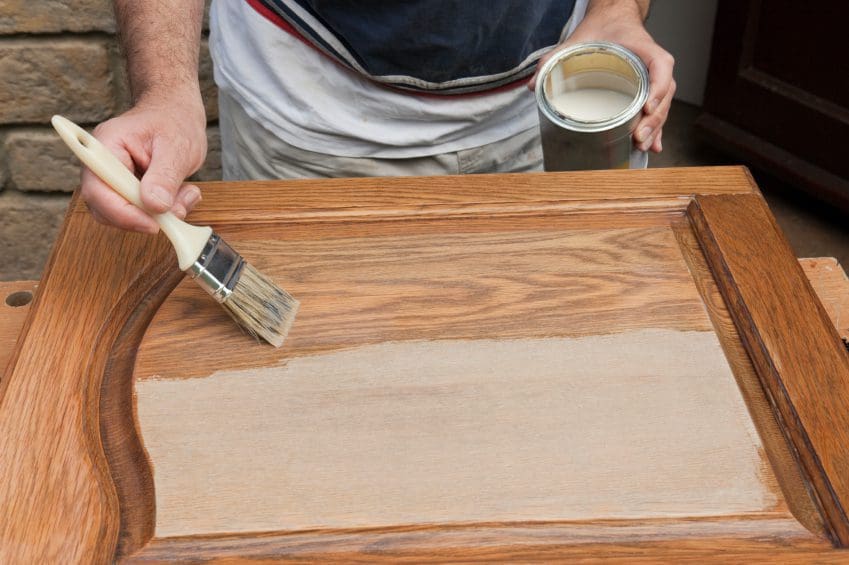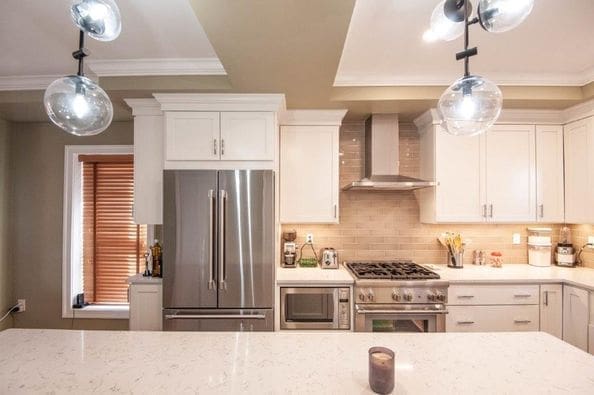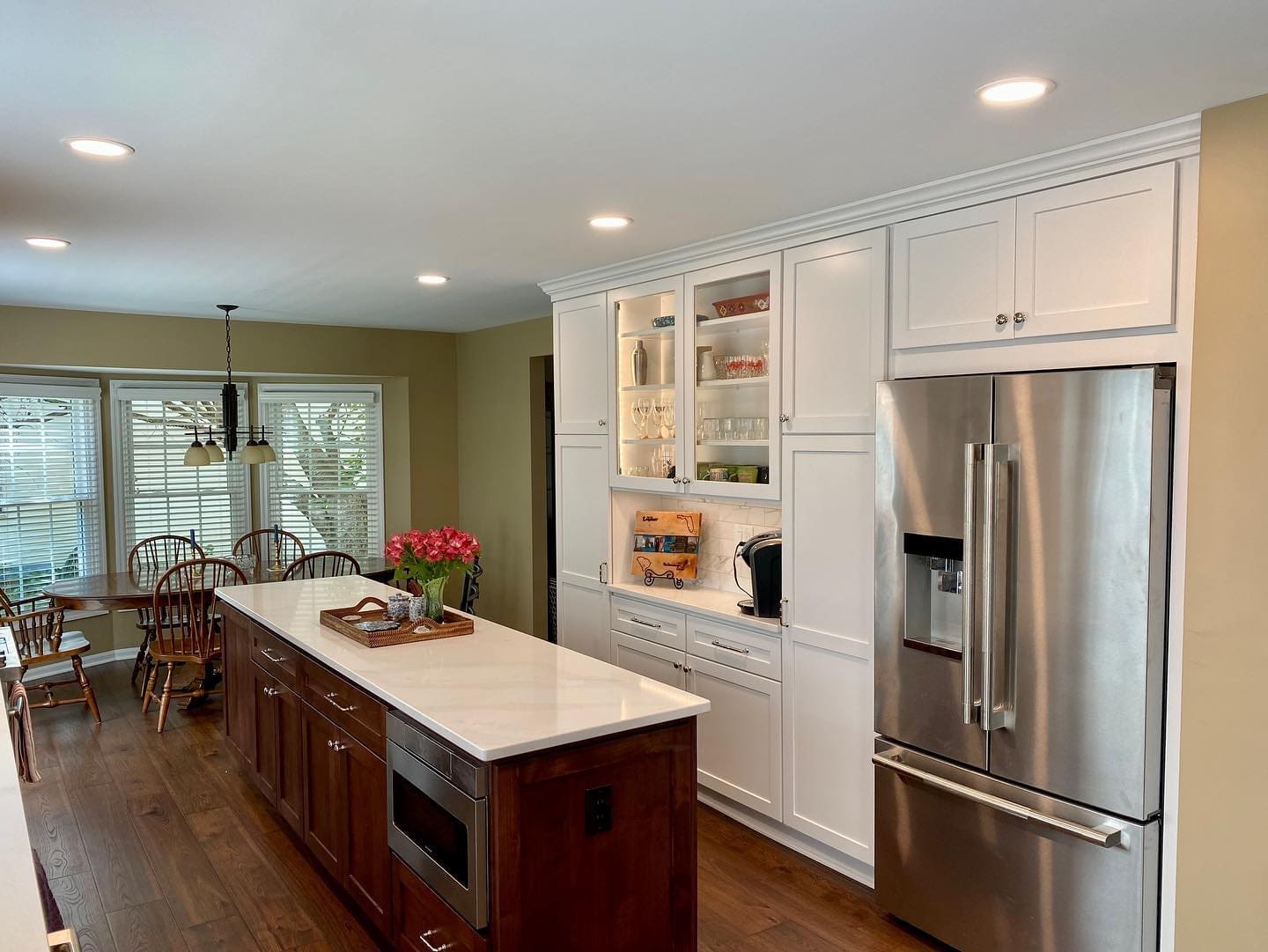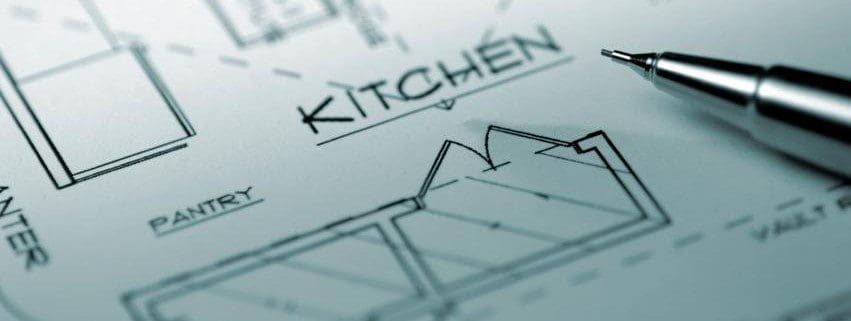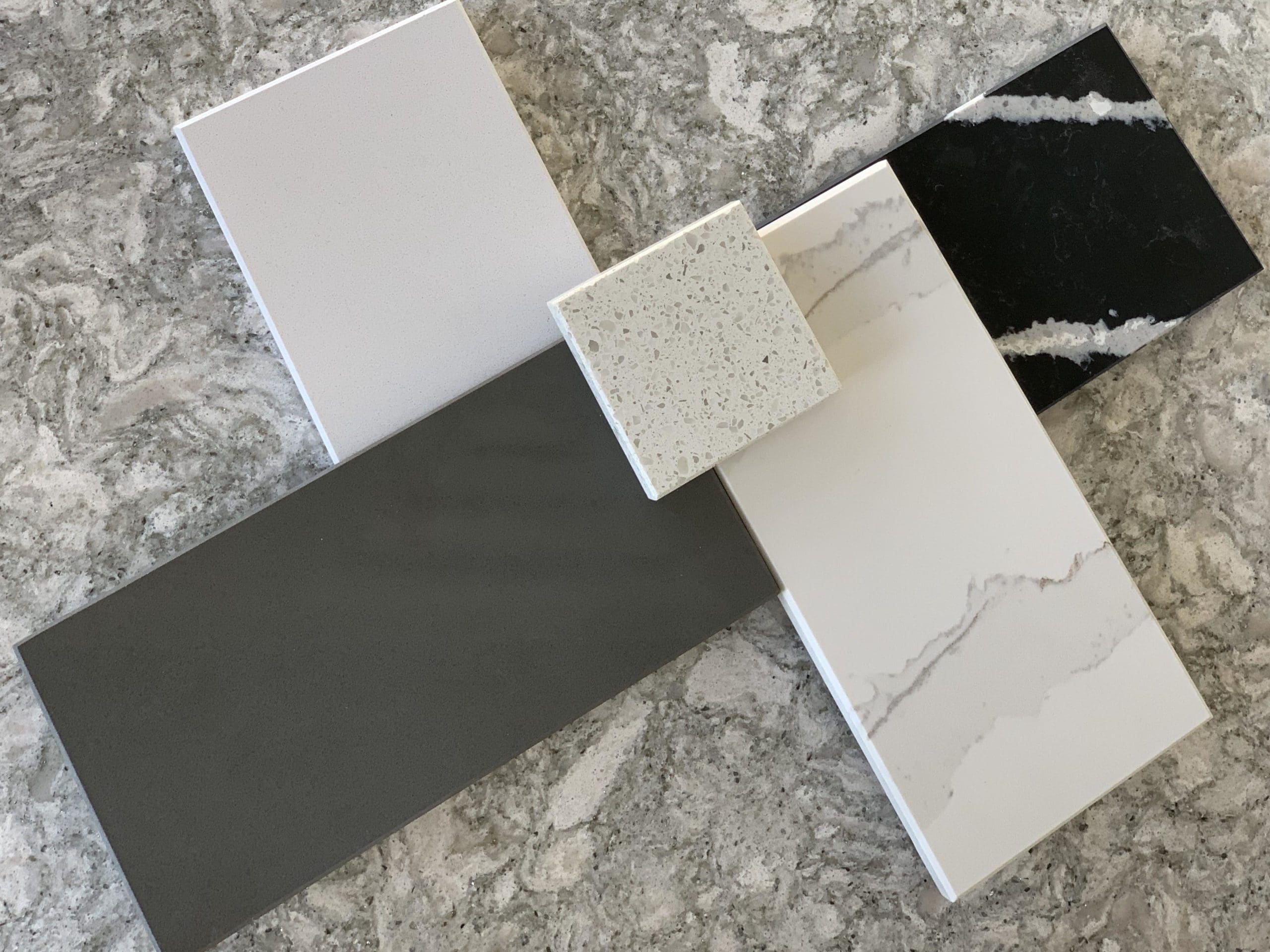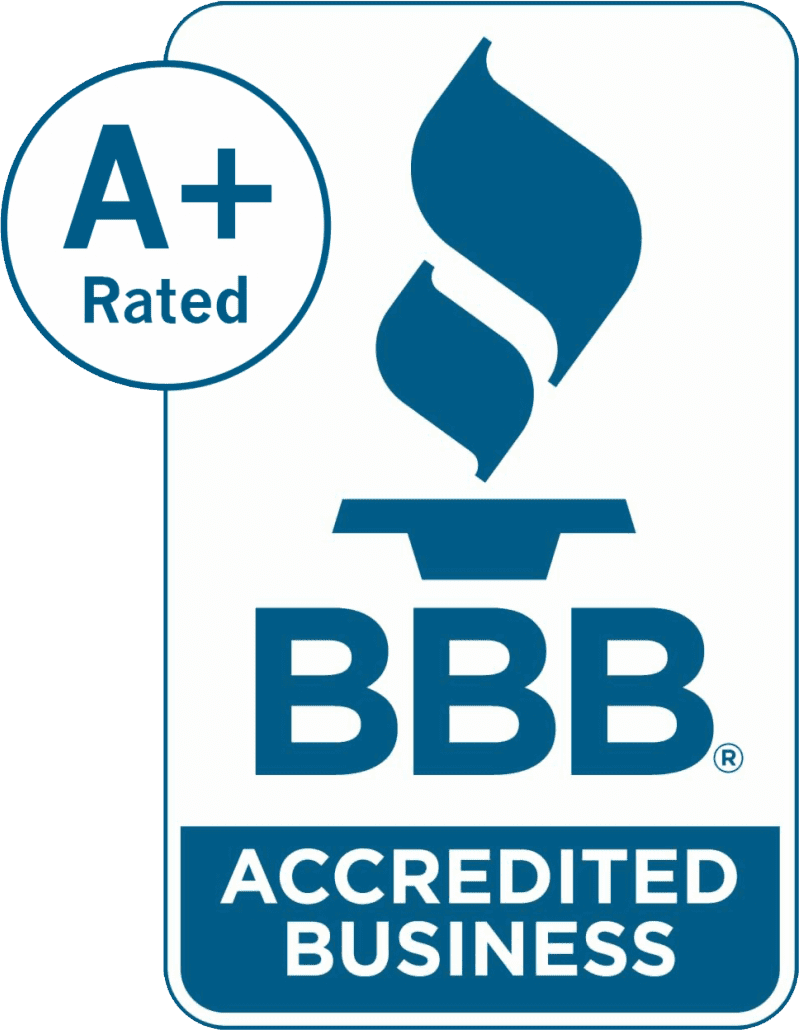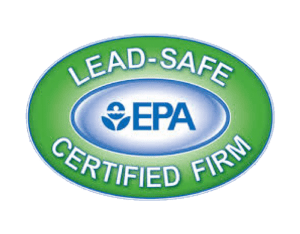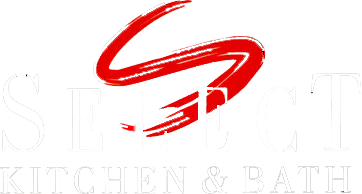Cabinet manufacturers will offer a wide range of finish choices to the consumer in an effort to provide flexibility in design and individual tastes. Suffice it to say that not all cabinet styles lend themselves to the full array of finishes as, quite often, the style itself will dictate the type of finish to be used as well as the type of wood that is used to accomplish any given specialty finish. The one thing that a consumer will not have to worry about is the durability and serviceability factor of any given finish, as all manufacturers understand that this is a feature that the consumer requires as well as being a primary measure of the quality of the manufacturer.
The Clarity of Natural Wood Finishes
If your tastes and kitchen design lends itself to the visual appeal of a particular species of wood then, rest assured, you’ll find exactly what you’re looking for with natural finishes. The intention of natural, clear cabinet finishes is to allow the true character of the wood to show through in all its beauty. This effect is typically accomplished with the use of two common types of applied finishes: lacquer or catalyzed conversion varnish. These finishes are available in a broad range of gloss levels, from a matte finish to a striking high gloss – and all points in between. The lower the gloss level, the more richness and character of the natural wood that shows through. Please note that, over time and sun exposure, varnish-based finishes will age toward an amber glow while lacquers are more apt to remain clear.
With some particular species of wood, like hickory and cherry, the manufacturer will likely introduce a modestly pigmented stain into the finishing process. These woods, for example, are prone to possess (depending on the grade of the wood used) a fair amount of sapwood which, in these species, are represented by significant bands of off-white; and given the balance of the wood color, these bands can be objectionable to some consumers. In such cases, a stain that corresponds to the dominant color of the wood is applied before the clear finish is applied, rendering an even coloration throughout the wood without compromising the normal allure of the wood’s general character. Of course, you will also be able to find these woods in an unadulterated finish as well, celebrating the true character of the species.
The manufacturers use of stains in natural wood cabinet finishes offer some terrific design flexibility while giving a consumer more ‘bang’ for their cabinet-buying dollar. A classic example of this would be a consumer who wants the natural look of cherry, but is finding the cost of cherry prohibitive and not in their means and budget. In this case, the consumer should take a look at a birch cabinet that can be stained and finished to resemble cherry. Birch possesses a very similar grain pattern and level of hardness to cherry but is much different in color. Problem solved.
…And if Color is Your Preference…
If introducing a color for your kitchen cabinets suits your design needs, you’ll be pleased to know that most manufacturers will offer this option for an abbreviated range of their cabinet styles (some styles are notably more conducive to painted finishes). You can also expect that your color choices may, in some cases, have a limited palette of paint color options to choose from.
Introduce Color and ‘Age’ with Glazes
Another method of introducing colors to your kitchen cabinetry is by the use of paints, pigmented stains and topped with a (typically) clear glazing finish. Manufacturers will often use two different shades of color on a cabinet door: a darker shade, exclusively drawn on the areas of detail and relief of the cabinets. This technique renders a finish that offers an antique, weathered appeal. A manufacturer may also distress the wood by virtue of deliberate scuffs, rasping, and indentations, in addition to the glazing process, in an effort to further the appearance of antiquity or a period replica.
If the Budget Dictates…
Serviceability will not be compromised with either of the two remaining options of cabinet finishes: plastic laminate, Thermofoil. Plastic laminate (similar to countertop laminates) are glued to the visible and contact surfaces of the cabinetry. These laminates may emulate wood or be of a certain color or geometric pattern—as would be available in countertop materials. Thermofoil is a thin layer of vinyl that is heated and formed atop a wooden piece, creating an impenetrable film—much like shrink-wrapping with a thicker film. These two options are generally (if not exclusively) used in conjunction with composite wood products as a base structure; and, because of this, strike a very sensitive price point.

